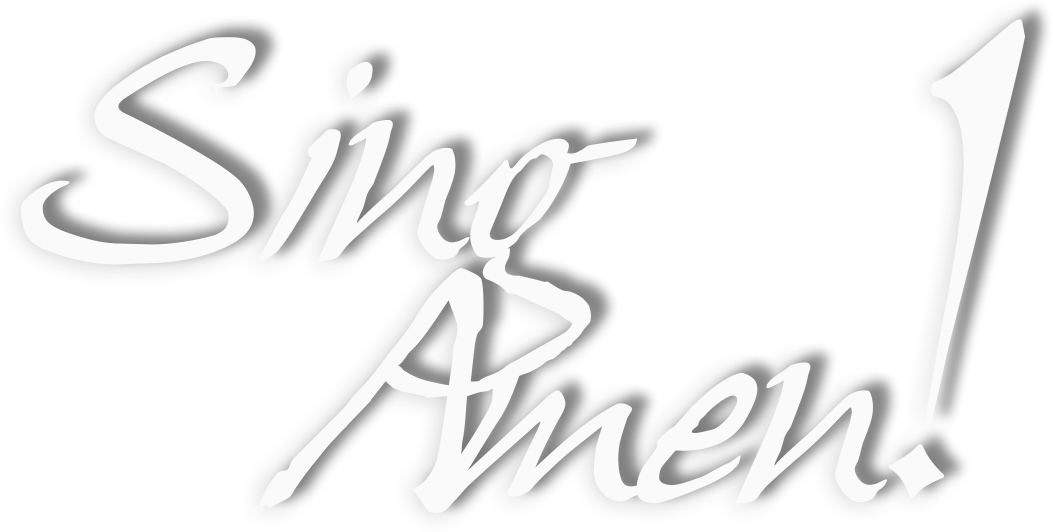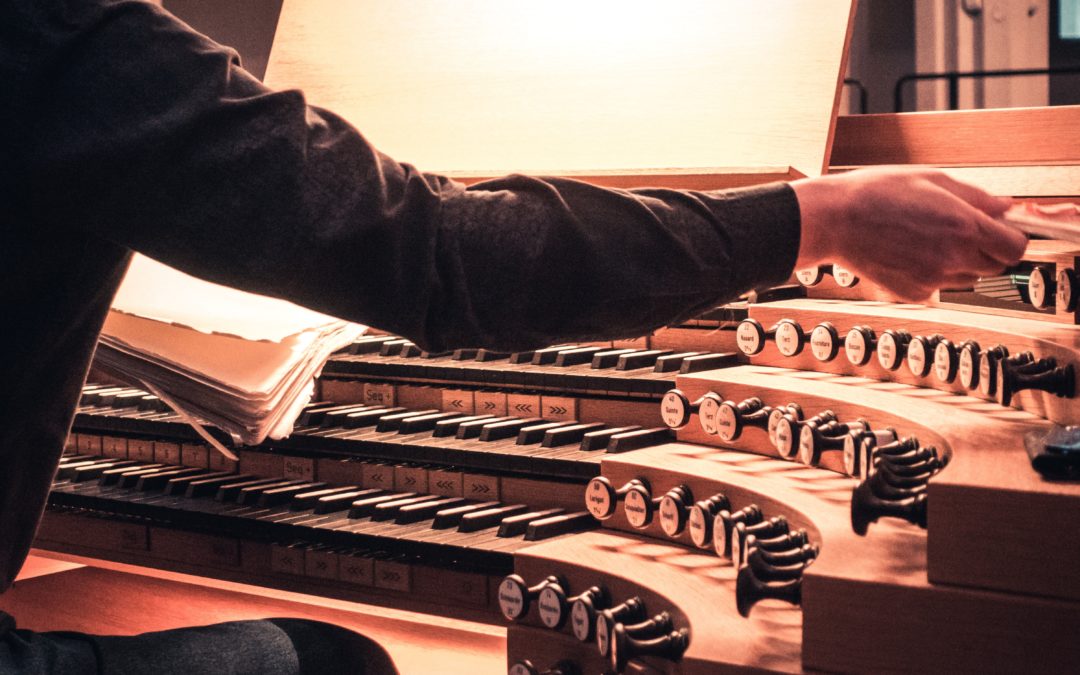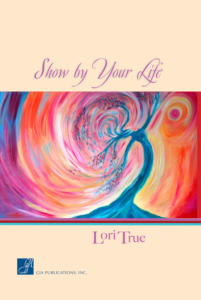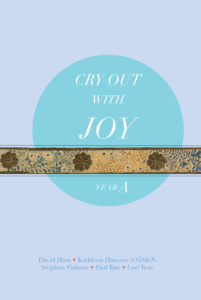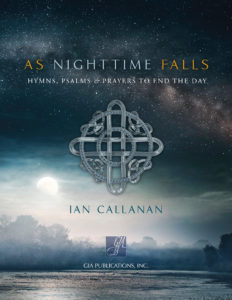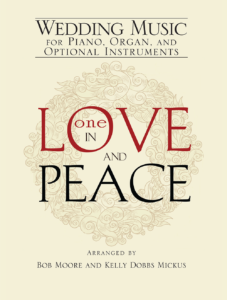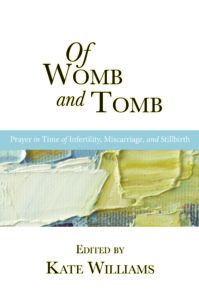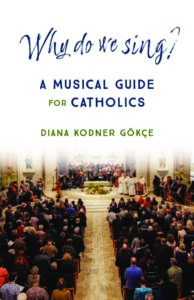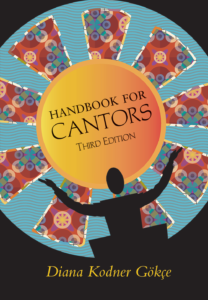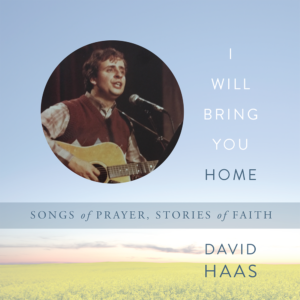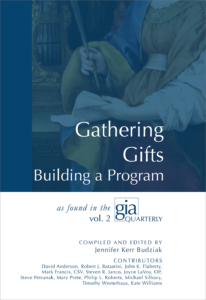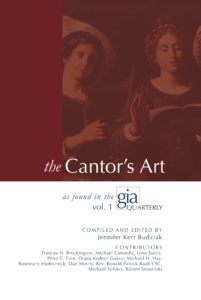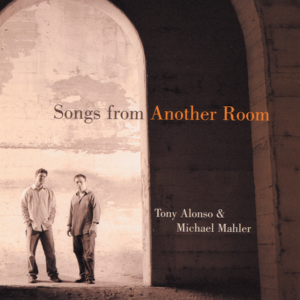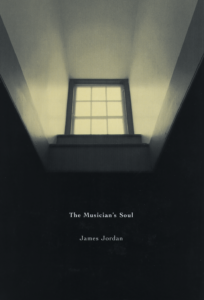- Using Couplers (Sw to Gt and Sw to Ped etc.) and when to do it
- Using Couplers and when not to do it
What is a coupler, anyway? The simple definition is that a coupler allows the player to link keyboards to each other, and to the pedal, so that all the stops drawn on the manual they are coupled from will also sound on the manual they are coupled to (or to the pedal). Couplers are most often tabs arranged in a row under the music rack, but can sometimes be arranged in the stop jambs as well.
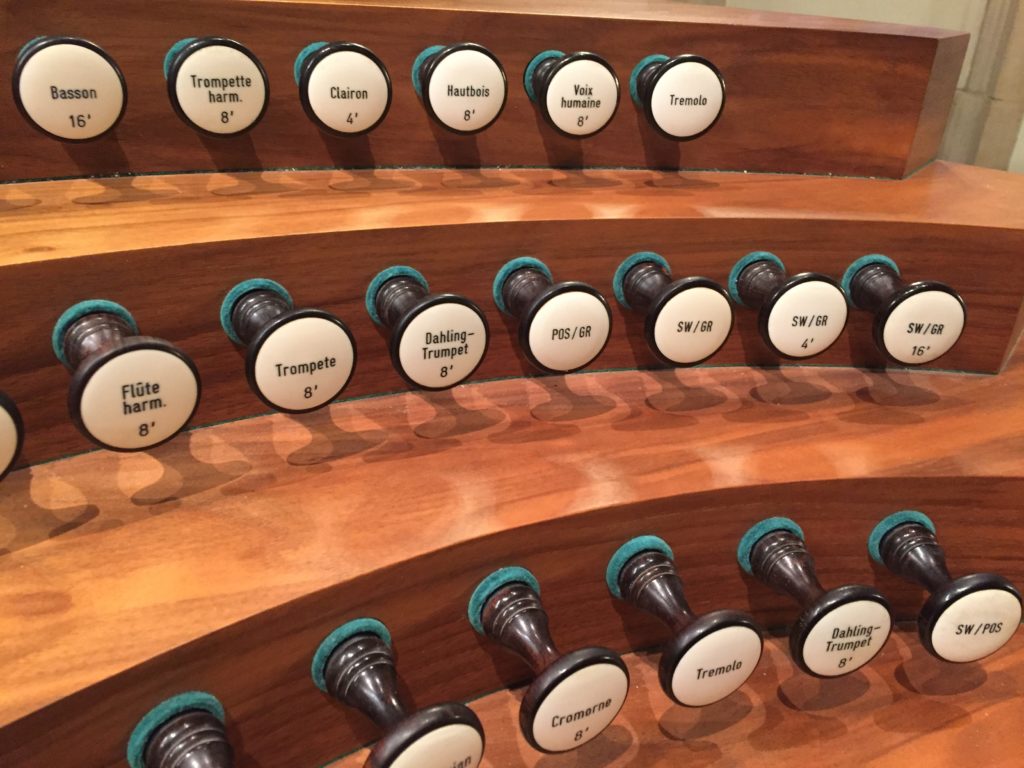
Each division of an organ (Swell, Great, Choir, Pedal, etc) has its own set of stops that sound when you draw them and play. Coupling them together gives the player more possibilities of sound, and most of the time and in most repertoire, couplers are used regularly.
Without getting into the complexities of couplers and how they are used in organ repertoire through the centuries, it might be best to discuss how they are used in service playing. Since my idea here is to give you basic information, overloading you with too much information in this short blog might not be helpful. So, for this article I will discuss how they work, and how to use them in hymn and service playing.
First, let’s use the three-manual organ as our template for today, with a Swell keyboard on top, Great in the middle, and Choir on the bottom. It is an electro-pneumatic organ (uses electricity to take the instructions from the keys/stops to the pipes), rather than a tracker organ, (which only uses electricity to provide the air into the organ and to work the lights at the console. The rest of the action in a tracker is provided by moving parts rather than by electrical impulse).
When playing a hymn, the Great manual by itself will probably need some filling out, so it is most common to draw stops on the Swell as well as the Great, and then use the Swell to Great 8′ coupler, to tell the organ to play all the sounds drawn on both manuals when playing on the Great keyboard. I usually draw the Swell to Pedal 8′ and the Great to Pedal 8′ as well. Most smaller to medium-size organs are built with the idea that you will couple down stops to the pedal, thus saving the organ builder room in the chambers, because large pedal stops take up a lot of room in the church! Plus, coupling the Swell and the Great to the pedal keeps the sound homogeneous, since you are bringing the sounds from both manuals to the pedal and adding 16′ stops to add a lovely bass sonority to the ensemble.
If you like, and if your organ has a Choir division, you may also draw some complementary stops on the Choir, and then couple the Swell to Choir for a verse or two that you would like to have in the same character but softer, keeping in mind that if you do so in a middle verse, you will need to take the Great to Pedal off and then put it back on again when you return to the Great, otherwise the pedal will not balance. Using the Choir to Pedal for a hymn registered this way is fine, but is usually not necessary, since the Swell and Great coupled to the Pedal will usually achieve the desired effect.
Therefore, for a festive hymn with multiple stanzas, you might draw the following registration:
Swell: 8′, 4′ 2′, Oboe or Trumpet, Mixture, Swell to Great. Great: Principal 8′, 4′, 2′, Mixture. Pedal: Principal 16′, 8′, 4′, Swell to Pedal, Great to Pedal
If the hymn is four stanzas, play the introduction and Stanza 1 on this registration, then a simple change would be to close the Swell box for stanza 2, and perhaps take off the Great Mixture. Open it for Stanza 3, and for Stanza 4, put the Great Mixture back on, add a 16′ Pedal reed if you have one and/or an 8′ Trompette to the Swell or Great Trumpet 8, or all of those if they sound good to your ear!
The above registration would work for festive service music as well, such as the Gloria or Holy, Holy. For more contemplative parts of the service, the following registration is suggested: Swell: 8’s and Flute 4′, Swell to Great; Great: 8’s; Pedal: 16′ and 8′ and Swell to Pedal, Great to Pedal.
Most repertoire that is published now includes detailed registration suggestions, giving the player information on what stops to choose as well as what couplers to use. All organs and acoustics are different, and registration suggestions are just that….suggestions. Nevertheless, they give the player a good starting place and show the composer’s intentions.
When not to use a coupler? Well, truthfully they’re used most of the time, especially in service playing. In repertoire they can be used very creatively, especially when you start using couplers that are not at 8′ pitch, such as the Swell to Great 4′. What I can say is that on most organs it’s best to avoid the sub and super couplers (Swell to Great 16′, Swell to Great 4′) and stick to the 8′ couplers until you’re ready to experiment with confidence.
The American Guild of organists has a video on using couplers which you can watch here.
I hope this helps to explain the coupling system a bit, and as always, if you have questions, Ask Marilyn!
(If you missed any previous posts in this series please visit the Pulling Out All the Stops page–they are all there!.)
